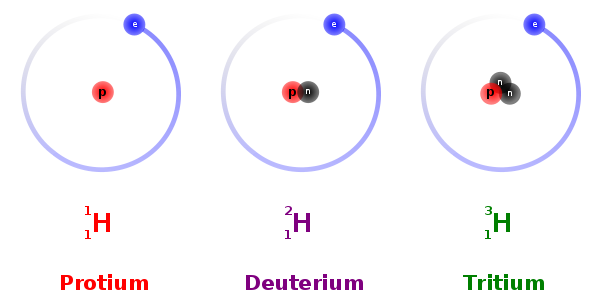CBSE 12TH PHYSICS - Online Test
Q1. In a series LCR circuit supplied with AC
Answer : Option D
Explaination / Solution:
In series circuits, the current always remains same while potential is different across different circuit components
Q2. The unit of potential difference as used in electrical circuits is
Answer : Option D
Explaination / Solution:
Volt is the unit of potential difference.
Q3. Total internal reflection can take place only if light is travelling from
Answer : Option C
Explaination / Solution:
No Explaination.
Q4. The nuclei of isotopes of a given element differ from each other in their number of
Answer : Option B
Explaination / Solution:
Isotopes are variants of a particular chemical element which differ in neutron number. All isotopes of a given element have the same number of protons in each atom.

Q5. Consider the motion of a charged particle in a uniform magnetic field directed into the paper.If velocity v of the particle is in the plane of the paper the charged particle will
Answer : Option B
Explaination / Solution:
The charged particle experiences magnetic Lorentz force given by.This force acts in the plane of the paper perpendicular to the velocity vector at all points on the plane. Magnetic Lorentz force acts like a centripetal force, causing the particle to move in a circle.


Q6. In a meter bridge, when galvanometer & cell positions are interchanged
Answer : Option D
Explaination / Solution:
The battery in the circuit(1) shown is connected between A and C, while the galvanometer is connected between B and D. In the bridge balanced condition,

When the battery and the galvanometer are interchanged, the circuit takes the form (2). The circuit (2) can be re drawn as circuit (3). The ratio of the resistances in the bridge balanced condition is which is same as,

When the battery and the galvanometer are interchanged, the circuit takes the form (2). The circuit (2) can be re drawn as circuit (3). The ratio of the resistances in the bridge balanced condition is which is same as,
Q7. Approximate Doppler shift formula for light is
Answer : Option D
Explaination / Solution:
No Explaination.
Q8.
According to the dipole analogy corresponds to
Answer : Option D
Explaination / Solution:
No Explaination.
Q9. In n-type semiconductor the fifth electron
Answer : Option B
Explaination / Solution:
When we add a small quantity of impurity in a semiconductor than the impurity contributes either free electrons or holes to the semiconductor. As a result, the conducting property of semiconductor changes. The process of changing the conductive property of semiconductor by adding impurities is known as doping.
Suppose, in any pure or intrinsic germanium or silicon semiconductor any pentavalent impurity is added. The pentavalent impurities are those which have atoms with five (5) valence electrons. As soon as we add the impurity to the semiconductor, the impurity atoms will replace some of the semiconductor atoms in the crystal structure.
Now four (4) of the five (5) valance electrons of impurity atom will involve in bonding with four neighborhood semiconductor atoms, but the fifth one electron will not find any place to occupy.
This fifth electron of the impurity atom can be made available as free electron or negative charge carrier even if a very small amount of energy is applied.
Q10. In plane electromagnetic wave propagation velocity V, wavelength λ and frequency ϑ are related by
Answer : Option C
Explaination / Solution:
No Explaination.
